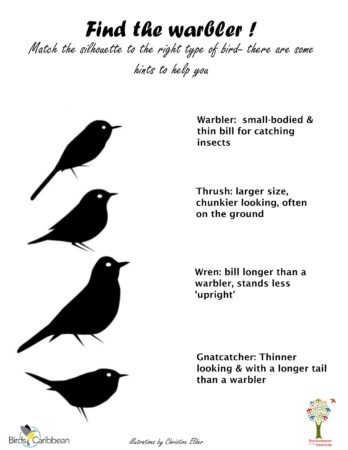Celebrate World Migratory Bird Day (WMBD) with us in our virtual “Birds Connect Our World” edition! Have fun learning about a new migratory bird every day. We have colouring pages, puzzles, activities, and more. Download for free and enjoy nature with your family at home.
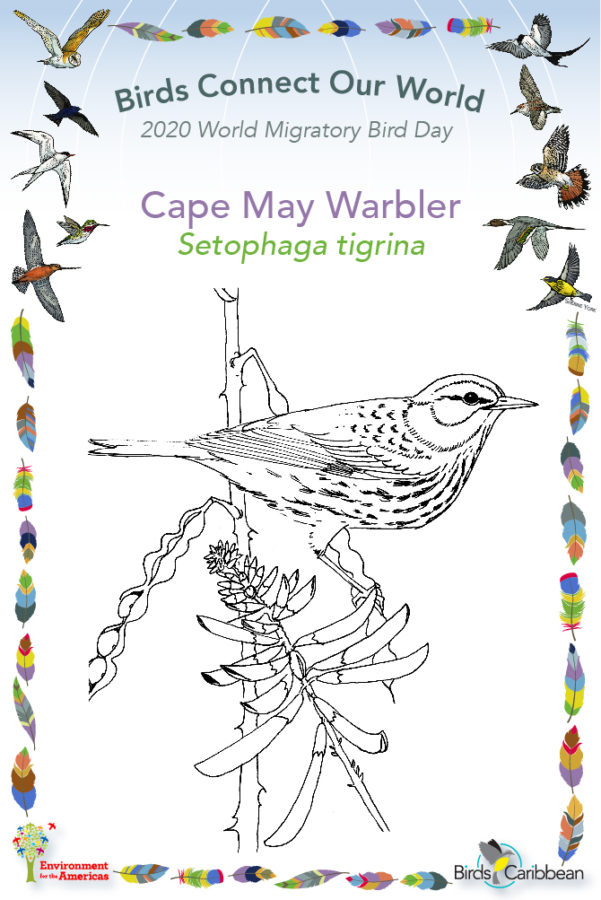
Migratory Bird of the Day: Cape May Warbler
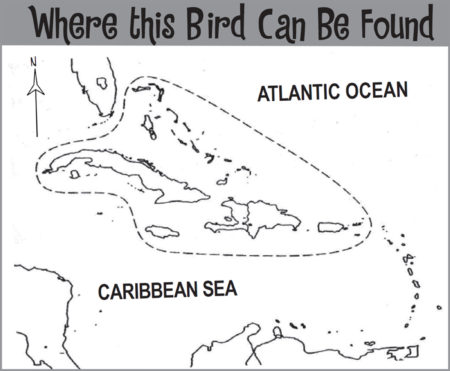
Cape May Warblers are small warblers with a thin, slightly down-curved bill. Breeding males have a bright yellow breast streaked with black, a greenish back, and a yellow rump. They have a distinctive reddish brown cheek patch surrounded by yellow, a black eyeline and crown, yellow collar, and a white wing patch. Females are less brightly colored, with a grayish-olive cheek and a white wing-bar. In fall and winter, males are duller with a reduced cheek patch.
Over 80% of the population of Cape May Warblers breed in the boreal forests of Canada. Here they specialise in eating insects, especially spruce budworms. During fall birds migrate south to the Caribbean. The West Indies supports nearly the entire population of this species during the winter. Cape May Warblers are most common in the Bahamas, Greater Antilles, and Cayman Islands.
You might see this species congregating around flowering plants. This is because nectar is one of their main food sources during the winter. In fact they are the only warbler that has a curled straw-like tongue which they use to drink nectar. Cape May Warblers can be found in almost any habitat with flowering plants in the Caribbean. This includes mountain forests, pine and broadleaf forests, dry scrub, pasture, shade coffee, mangroves, coastal thickets, gardens, and backyards.
Populations of Cape May Warblers have been declining over the last few decades; with a range-wide decline over a 45-year period (1970–2014) of 76%. This is partly due to deforestation and loss of its breeding habitat. In addition, like many other warblers, they migrate at night and are vulnerable to collisions with buildings and other man-made structures. Birds are also vulnerable to predation by cats. Let’s make sure Cape May Warblers have safe places to spend their winter in the Caribbean. You can help them survive by providing a bird-friendly habitat in your backyard, including bushy vegetation for cover, a source of fresh water, and native flowering plants that will provide plenty of nectar and fruits. Learn more about this species, including its range, photos, and calls here.
Colour in the Cape May Warbler!
Download the page from Migratory Birds of the West Indies Colouring Book. Use the photos below as your guide, or you can look up pictures of the bird online or in a bird field guide if you have one. Share your coloured-in page with us by posting it online and tagging us @BirdsCaribbean #WMBD2020Carib
Listen to the calls of the Cape May Warbler
The calls of the Cape May Warbler are a short very high-pitched “tseet” which they tend to repeat.
Puzzle of the Day
Click on the images below to do the puzzles. You can make the puzzle as easy or as hard as you like – for example, 6, 8, or 12 pieces for young children, all the way up to 1,024 pieces for those that are up for a challenge!
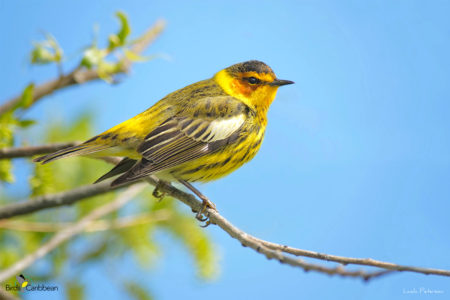
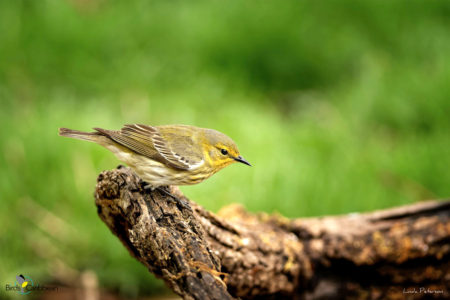
Activity of the Day
FOR KIDS: Warblers can sometimes be tricky to identify. They can look bit like other types of birds you might be seeing. Knowing about the size, shape and posture of birds can help. Can you find the warbler using its silhouette? Match the bird type to the correct silhouette. There are some hints to help you. Find the answers here.
FOR KIDS AND ADULTS:
- Take a walk and see if you can spot any migratory warblers. Use a bird field guide or the FREE Merlin bird ID app to help you identify the birds you are seeing.
- Enjoy the videos below of Cape May Warblers in the wild! The first video shows a male feeding on nectar from flowers in Cuba. In the second video you can see a male perched; his reddish-brown cheeks, yellow neck and underparts, streaked breast, and white wing patch are easy to see. As a comparison the final clip show a male Cape May Warbler in winter plumage, you can see him picking flies out the air to eat.
- Visit MigratoryBirdDay.org for many more free activities and resources to learn about migratory birds, their threats and conservation actions you can take.

